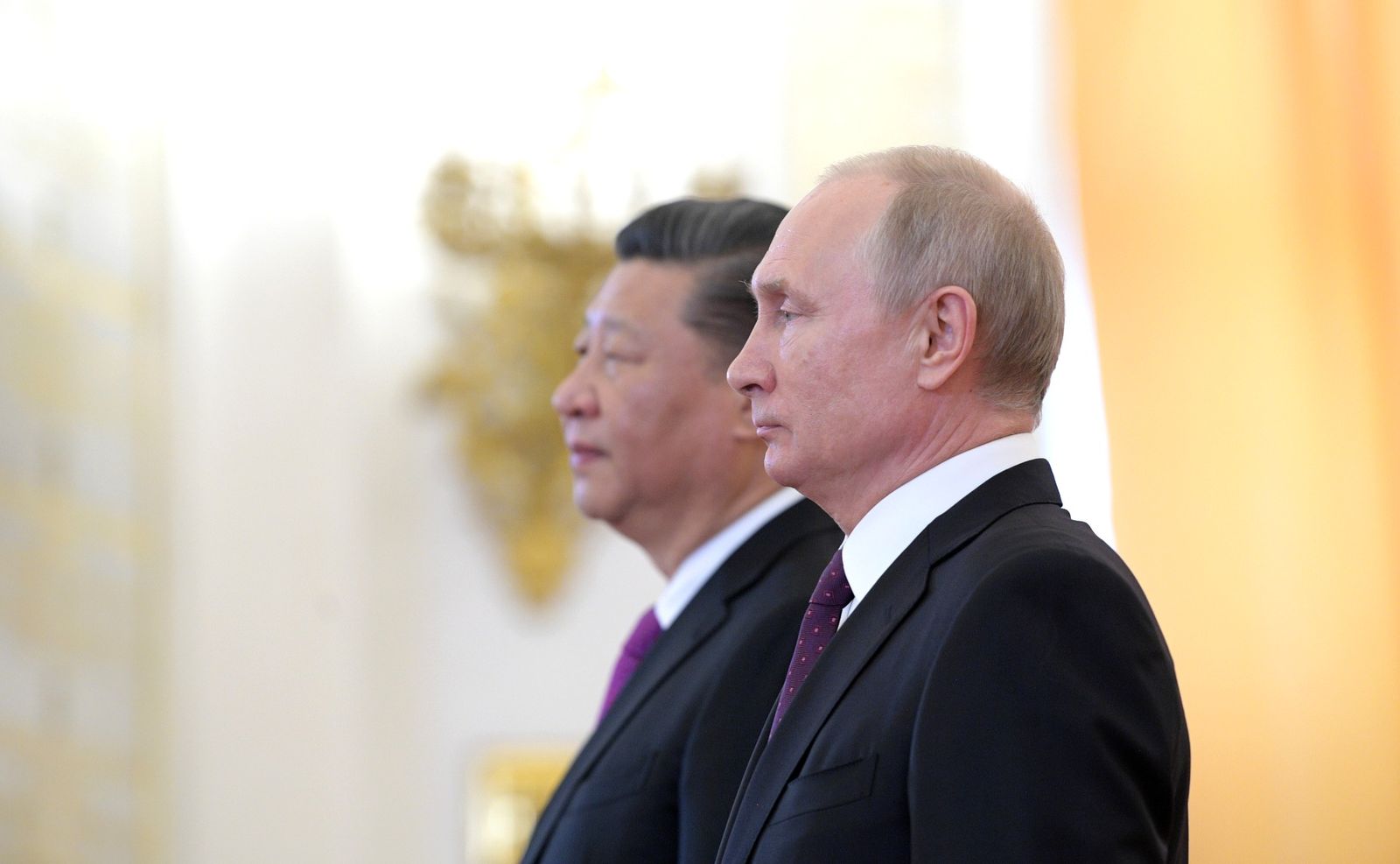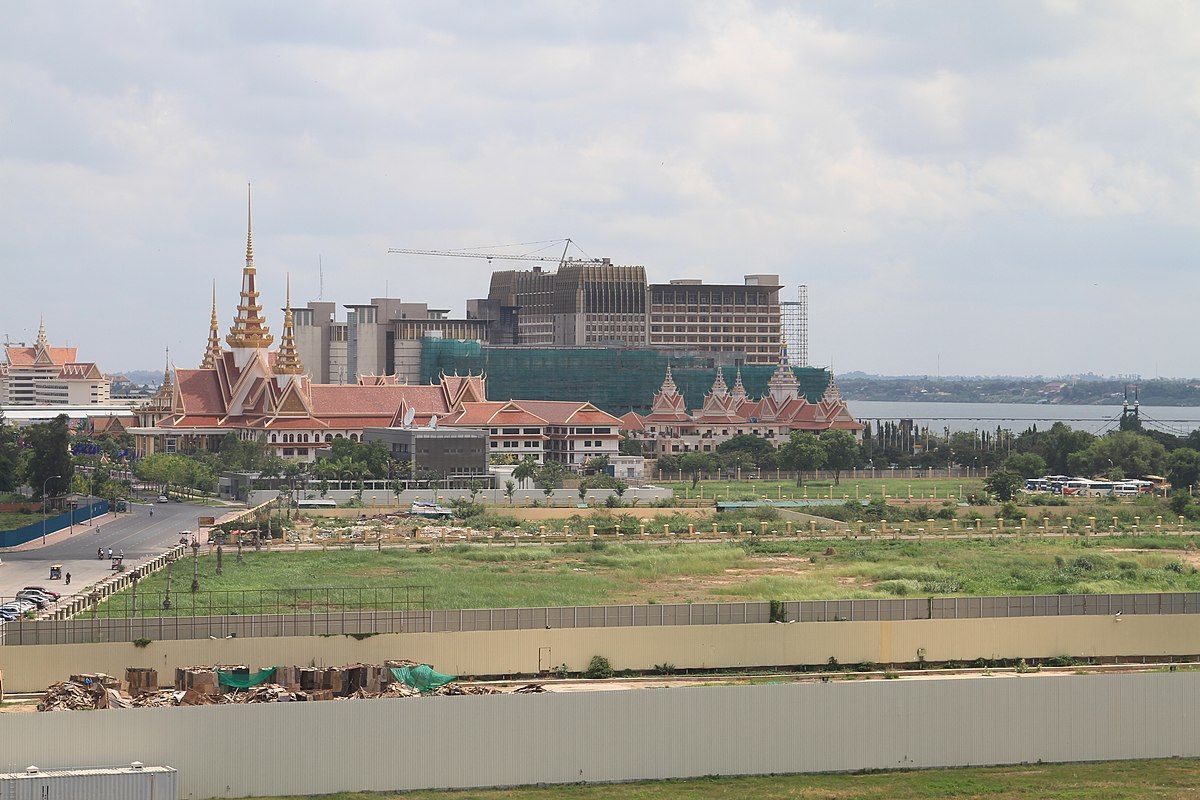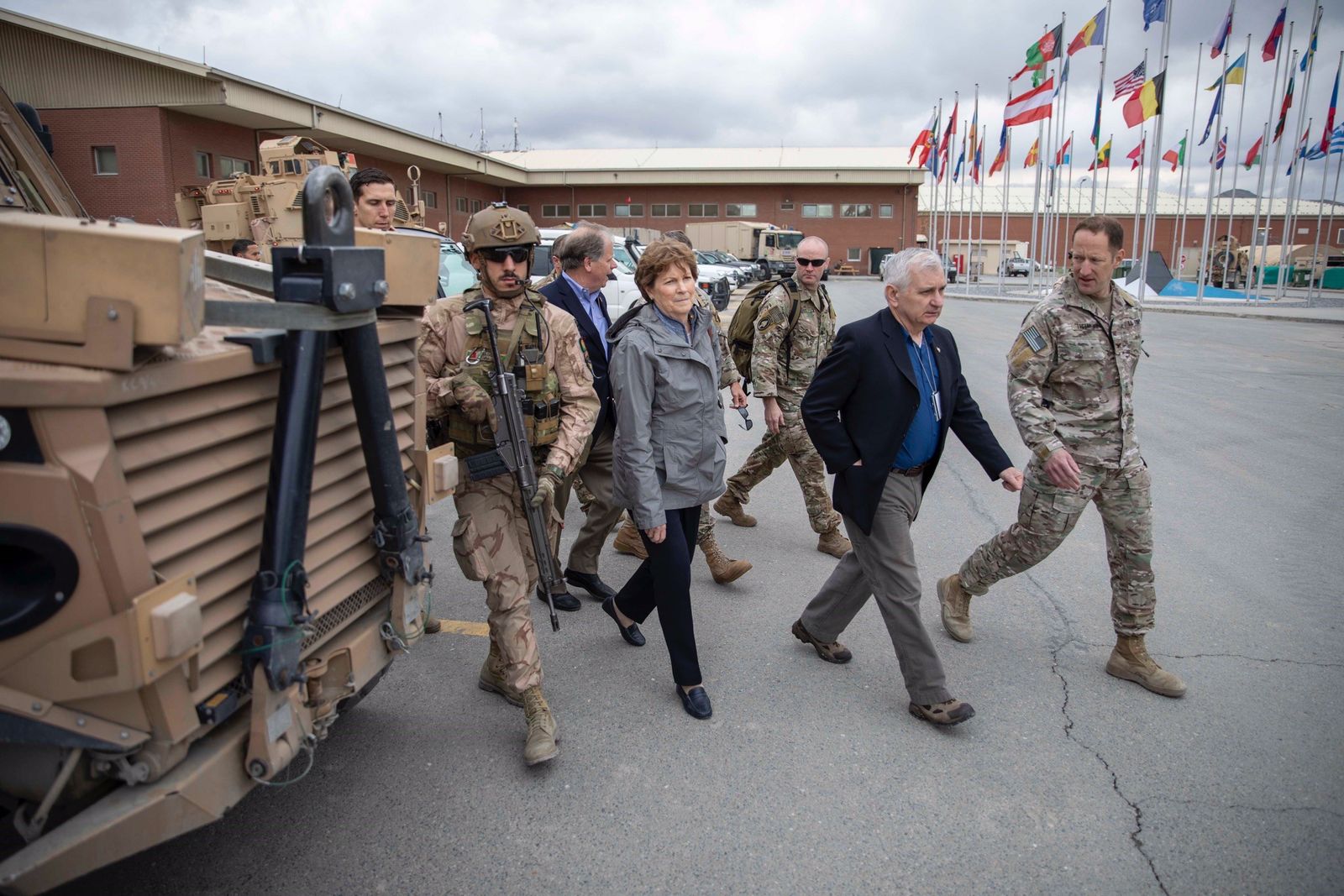William Lloyd is a junior research analyst at the NATO Association of Canada, and a research assistant for Timothy Sayle, a leading NATO expert at the University of Toronto.
In September of 2008, John Kotter, Professor Emeritus at Harvard Business School, published A Sense of Urgency. In the work, he lays out the fundamental importance of urgency in successful transformations. Kotter concludes that “most organizational change initiatives fail spectacularly (at worst) or deliver lukewarm results (at best),” and, “getting people to actually see and feel the need for change” is critical. Kotter’s dictum rings true now more than ever, and applies perfectly to the defining challenge of our time: climate change.
The fight against climate change lacks the essential ingredient of perceived urgency Kotter venerates. That’s not to say that the climate threat isn’t real, nor that it hasn’t already presented itself to disastrous effect—only that the most dire impacts (including climate-induced warfare, mass starvation, and pandemic migration) have yet to come. To make matters worse, we fail to perceive existing phenomena, like natural disasters, as unequivocally caused by climate change. Though many have attempted well-intentioned efforts to limit the crisis at the political level, from the 1992 United Nations Framework Convention on Climate Change and the Kyoto Protocol of 1997, to the more recent 2016 Paris Agreement, they have been woefully insufficient. And while it’s all well and good to suggest any number of remedial schemes, whether in the form of innovative cap and trade policies, carbon capture, storage technology, or mass tree planting, all efforts will fall short if we fail to establish a sense of urgency amongst the interested parties beforehand. To achieve this Herculean task we must turn to an unlikely source: the US military.
This is a crucial moment in our battle against climate change. The tangible ramifications of climatic shifts can already be felt, most strikingly in developing areas more susceptible to resource-based conflict and instability. In the Lake Chad Basin of Africa, for example, diminishingwater sources have led to increased recruitment for the Jihadist group Boko Haram. “People are already deprived of a basic livelihood,” explains Professor Haruna Kuje Ayuba of Nasarawa State University. “If you give them a little money and tell them to destroy this or kill that, they are ready to do it.”
It may seem odd to turn to a fighting force to wage a climate war, but the military, in the US especially, occupies an alluring niche. We live in a political age defined by crippling sectarianism and profound, often debilitating polarization; this is seen no more clearly than in the United States. Coupled with this trend is a general loss of faith in both the executive and legislative branches. One recent Gallup poll reported that only 37 percent of respondents had faith in the office of the president, while a measly 11 percent could say the same about Congress. But one governmental institution stood out in public perception and bipartisan support: the military (74 percent). By reframing climate change as a major national security threat, we capitalize on this trust in three ways. First, corporations, governments, and individuals alike will be more likely to champion the issue of climate change themselves if they can capitalize the military’s largely positive public perception. Second, any effort at radical climate reform at the domestic or international level is often limited as a result of the partisan baggage that accompanies the issue. With a broadly supported body like the military taking action, the partisan barrier currently impeding progress may very soon crumble. And third, any issue of national security carries an underlying sense of urgency, which we so desperately need to facilitate change.
But to incite a climate revolution, and demonstrate to the public the extremity of the threat, the US military must not sit be idly by. Though it has already taken some steps in this direction, more must be done.
- First, it must continue to cite climate change as a threat in annual reports, press releases, official statements, and other public proclamations, so as to equate it with threats like terrorism, rogue states, and nuclear proliferation.
- Second, it must lead by example by lessening its own environmental footprint. According to research out of the UK, if the US military were an independent country, it would place 47th globally in terms of greenhouse gas emissions. Any effort to make the military more eco-conscious will send an important message to the populace. The US can look to its northern neighbor as an example: the Canadian Department of National Defence recently committed $225 million to infrastructure that will limit its emissions from 2005 levels by 40 percent before 2030. The US must set similarly lofty goals.
- Lastly, the US should create a specialized task force under the United States Special Operations Command (USSOCOM) aimed at addressing climate change. USSOCOM exists to “provide fully capable special operations forces to defend the United States and its interests”; combating climate change undoubtedly falls under this mandate.
All of this is to say the following: climate change is an unconventional problem worthy of an unconventional solution. The military certainly satisfies that criterion.




